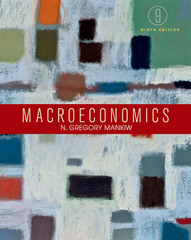Answered step by step
Verified Expert Solution
Question
1 Approved Answer
Assuming equilibrium in the resource equation, i.e. dRdt=0 in Equation (1), and assuming resource abundance R is not zero, write R in terms of the
Assuming equilibrium in the resource equation, i.e. dRdt=0 in Equation (1), and assuming resource abundance R is not zero, write R in terms of the population sizes of the consumers, N1 , N2 . (You can do pen-and-paper calculations or just plug the equation in WolframAlpha.) How does this equilibrium abundance of the resource compare to its equilibrium abundance in the absence of the consumers? Since we know how to write the resource population in terms of the consumer populations, we can replace R in Equation (2) and be left with only two unknown variables, namely the consumer populations. Replacing the expression for R you found in Q2 in Equation (2), we get: dN1dt=r1N1(1N1+12N2K1)dN2dt=r2N2(1N2+21N1K2)(3) Where we introduced a bunch of new constants, r1=b1Kd1r2=b2Kd2K1=r1b1a1KK2=r2b2a2K12=a2a121=a1a2(4) The model above is the Lotka-Volterra model of competition for two species. Notice that it has a distinctive resemblance to previous models of population growth we studied earlier in the course
Step by Step Solution
There are 3 Steps involved in it
Step: 1

Get Instant Access to Expert-Tailored Solutions
See step-by-step solutions with expert insights and AI powered tools for academic success
Step: 2

Step: 3

Ace Your Homework with AI
Get the answers you need in no time with our AI-driven, step-by-step assistance
Get Started


